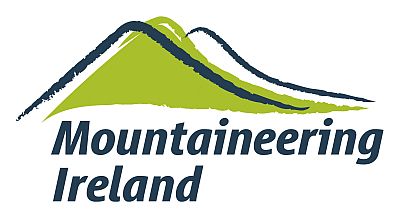
31 July 2007
17 July 2007
Measuring Distance
Measuring Distance is important for navigating in the mountains as it tells you how long and how far you will be walking for.
All hill walking maps, such as the Ordnance Survey Discovery Series, are covered with a series of horizontal and vertical lines, which makes a grid of boxes.
Each box is 1 km from side to side and 1.5 km diagonally from corner to corner.
To roughly estimate distance between two points, look at how many grid boxes lie between the points. If there are two boxes then the distance is approximately 2 km.
To accurately measure distance between two points, use the millimeter ruler on the side of your compass to measure the distance in millimetres.
On a 1:50 000 scale map 1mm is equal to 50m.
So if you measure a distance of 6mm on your map that would be equal to 300m on the ground.
On a 1:25 000 scale map 1mm is equal to 25m.
So if you measure a distance of 6mm on your map that would be equal to 150m on the ground.
All hill walking maps, such as the Ordnance Survey Discovery Series, are covered with a series of horizontal and vertical lines, which makes a grid of boxes.
Each box is 1 km from side to side and 1.5 km diagonally from corner to corner.
To roughly estimate distance between two points, look at how many grid boxes lie between the points. If there are two boxes then the distance is approximately 2 km.
To accurately measure distance between two points, use the millimeter ruler on the side of your compass to measure the distance in millimetres.
On a 1:50 000 scale map 1mm is equal to 50m.
So if you measure a distance of 6mm on your map that would be equal to 300m on the ground.
On a 1:25 000 scale map 1mm is equal to 25m.
So if you measure a distance of 6mm on your map that would be equal to 150m on the ground.
13 July 2007
8 July 2007
Low Brace
The Low Brace is used to prevent your kayak capsizing.
To practice it you need to be sitting securely in your kayak.
.JPG)
1. Hold your paddle across your stomach.
2. Point your elbows up towards the sky (like a gorilla).
3. Lean your kayak towards the water, as if you’re capsizing.
4. Splash the paddle down onto the surface of the water, on the side that you’re capsizing onto.
5. Using your knees and hips, flick the kayak upright away from the water.
6. As you splash the paddle down, also push it forwards and out of the water.
The hip flick is just as important as the paddle splash. To practice the hip flick sit in your kayak on the water and rock from side to side doing bigger and bigger rocks.
To practice it you need to be sitting securely in your kayak.
.JPG)
1. Hold your paddle across your stomach.
2. Point your elbows up towards the sky (like a gorilla).
3. Lean your kayak towards the water, as if you’re capsizing.
4. Splash the paddle down onto the surface of the water, on the side that you’re capsizing onto.
5. Using your knees and hips, flick the kayak upright away from the water.
6. As you splash the paddle down, also push it forwards and out of the water.
The hip flick is just as important as the paddle splash. To practice the hip flick sit in your kayak on the water and rock from side to side doing bigger and bigger rocks.
Subscribe to:
Posts (Atom)
















